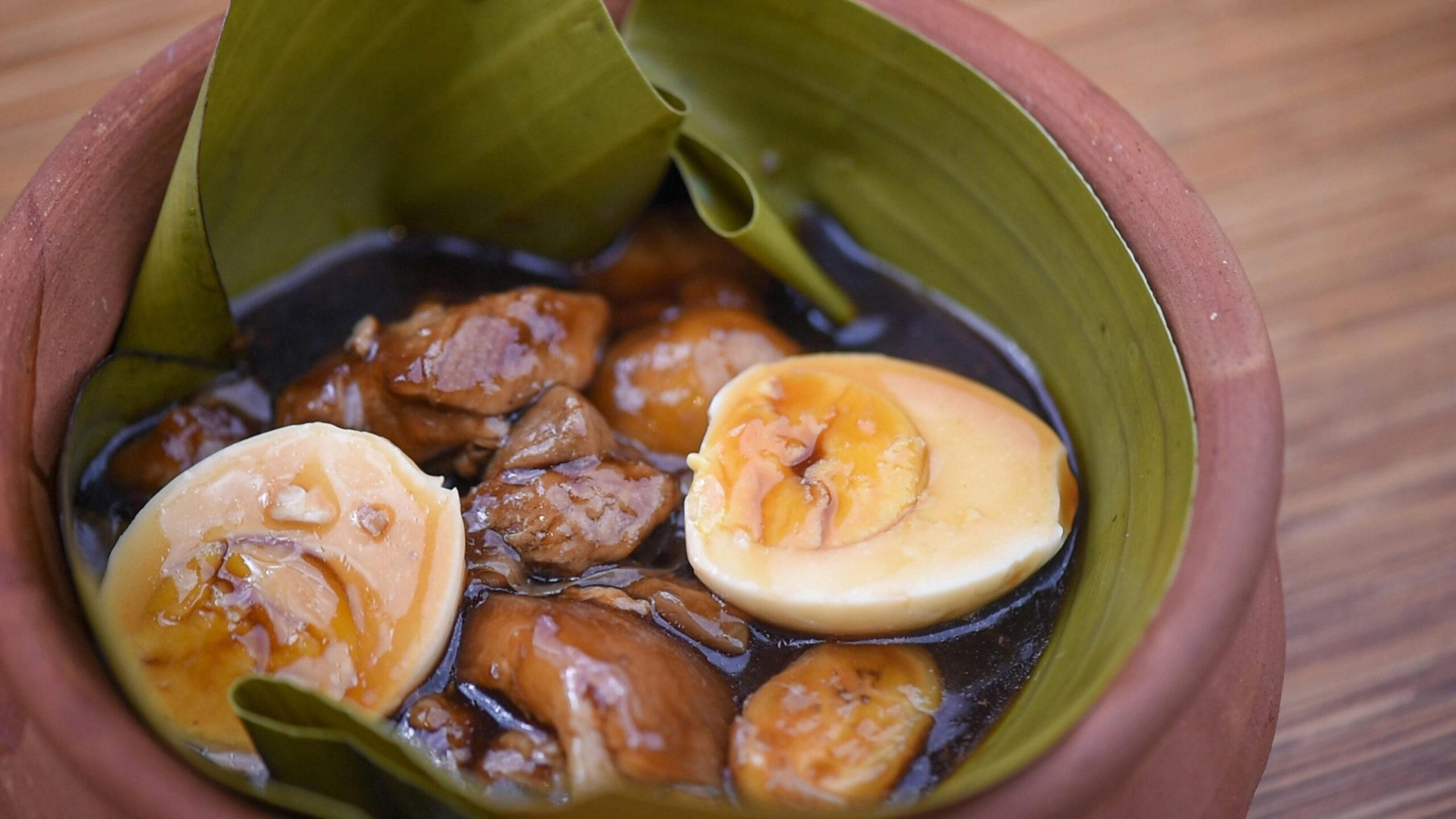Filipino food is on fire. According to research by consumer insights platform Tastewise, Filipino cuisine is especially resonating with young Gen Z consumers in the U.S.
Using AI to analyze billions of data points of social media content, menus, and shopping patterns, Tastewise found that interest in Filipino food has risen 50% in the past year.
“Filipino food is gaining popularity in the U.S. largely due to the increasing influence and visibility of the Filipino-American community, which is the fastest-growing among the Asian-American and Pacific Islander population,” Billy Dec, CEO of Sunda New Asian restaurants, told The Food Institute.
“This growing base, combined with praise from food writers, influencers, and the efforts of Filipino-American chefs … have brought the spotlight to Filipino food.”
According to the U.S. Census Bureau, there are about 4.2 million Filipino Americans, comprising the third-largest Asian group in the country.
According to Tastewise data, bold, cost-effective Filipino dishes are capturing Gen Z’s attention.
Popular dishes like kare kara (+24% year over year) are seeing significant growth – and discussions involving Filipino stews in general spiked 43% YoY.
“Two major factors are driving this change,” said Tastewise CEO Alon Chen, in a statement. “First, the cost-of-living crisis is pushing consumers to find affordable ways to enjoy high-quality meals – especially as 89% of U.S. dining happens at home, fueling demand for budget-friendly but elevated dishes.”
The CEO added: “Social media is sparking curiosity for new flavors. With just one click, people can explore food trends from around the globe.”
According to industry insiders, the most popular Filipino-inspired dishes tend to blend tradition with modern, elevated ingredients.
“Adventurous dishes with fish sauce to bagoong (shrimp paste) – for a much deeper umami and savory kick – are becoming more widely appreciated for the complexity and nuance it brings to any bite,” said Dec, whose mother is a native of the Phillipines.
The southeast Asian country’s food features uniquely diverse flavors. These days, Filipino dishes that resonate with worldwide audiences include:
- Adobo – meat or seafood marinated in vinegar, soy sauce, and garlic
- Sinigang – a sour soup made with tamarind and calamansi
- Pancit – a noodle dish
- Lumpia – spring rolls
“Filipino food’s unique selling point lies in its ability to seamlessly blend elements from various culinary influences,” said Milos Eric, GM of the OysterLink restaurant job platform. “Spanish colonialism, Chinese immigration, and indigenous traditions have all contributed to the development of Filipino cuisine.”
The OysterLink executive noted that the Filipino American population grew from less than 800,000 in 1980 to 4.1 million by 2022. The U.S. is now home to the largest concentration of Filipino restaurants outside of Asia.
“As more people discover the vibrant and evolving nature of Filipino food, it’s becoming a genre that food lovers are eager to explore,” Dec said.











